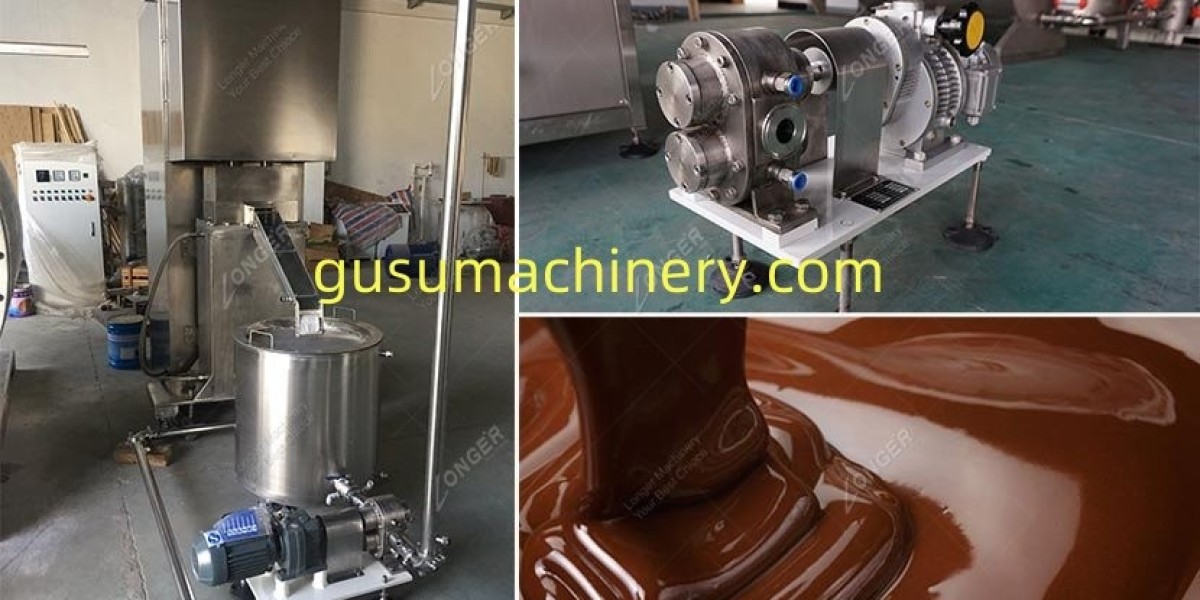In modern cable protection and fluid management systems, the Plastic Corrugated Pipe stands as an indispensable component due to its durability, flexibility, and resistance to environmental stress. The structural efficiency of a Plastic Corrugated Pipe is rooted in the science of its materials—polymers designed to balance mechanical strength, temperature tolerance, and chemical resistance. Zhejiang Hongjue S Connector (HJSI) leverages these material properties to deliver conduits that meet diverse industrial demands, from telecommunication infrastructure to automation systems.
1. The Foundation of Material Science in Plastic Corrugated Pipes
The performance of corrugated piping begins with polymer selection. Each polymer type offers distinct characteristics—density, crystallinity, tensile strength, and elasticity—that determine the pipe’s end-use suitability. Polyethylene (PE), polypropylene (PP), and polyvinyl chloride (PVC) are the three core materials used, each chosen for unique environmental and mechanical requirements.
Polyethylene (PE): Known for its chemical resistance and flexibility, PE is ideal for underground or outdoor installations where bending strength and corrosion resistance are essential.
Polypropylene (PP): Offering higher temperature resistance and rigidity, PP-based pipes excel in applications requiring thermal stability, such as industrial cable routing or automotive wiring protection.
Polyvinyl Chloride (PVC): Its balance between flexibility and strength makes PVC suitable for both residential and light industrial environments. It also exhibits flame retardancy and good electrical insulation.
HJSI integrates advanced polymer science to ensure each product maintains stable performance under mechanical stress and environmental exposure.
2. Structural Design and Material Engineering
The corrugated structure—characterized by alternating ridges and grooves—enhances the pipe’s compressive strength while maintaining light weight. The design principle relies on efficient material distribution, where the outer ridges absorb load and the inner wall ensures smooth passage for cables or fluids. This synergy of geometry and material science allows plastic pipes to perform comparably to metal conduits in many applications, but at a fraction of the cost and weight.
Zhejiang Hongjue S Connector’s manufacturing technology emphasizes consistency in wall thickness and precise molding during extrusion. Controlled cooling rates prevent polymer stress cracking, while multi-layer co-extrusion techniques enable hybrid pipes that combine the flexibility of PE with the strength of PP.
3. Environmental and Performance Considerations
Sustainability plays an increasingly vital role in conduit manufacturing. Modern plastic corrugated pipes must not only perform efficiently but also reduce ecological impact. Recyclable thermoplastics and optimized production cycles reduce energy consumption. Additionally, UV stabilizers and anti-aging additives extend the service life of pipes used in solar energy systems, outdoor wiring, or renewable infrastructure.
Through innovative compounding and rigorous testing, HJSI ensures that its plastic conduits maintain flexibility under varying climatic conditions and resist degradation caused by sunlight or chemical exposure.
4. Testing and Quality Control
Material consistency and durability are ensured through mechanical and thermal testing. Pipes undergo tensile strength measurement, impact resistance analysis, and heat deflection tests. These standards—aligned with IEC and ISO protocols—guarantee reliability for demanding installations.
HJSI applies continuous monitoring throughout the production process to minimize defects and ensure precise polymer bonding. The company’s focus on long-term performance translates into lower maintenance costs and extended service cycles for its industrial clients.
5. Industrial Relevance and Future Outlook
The continuous innovation in polymer blends and composite formulations promises lighter, stronger, and more adaptable conduit systems. The growing integration of smart grids, renewable energy setups, and industrial automation requires advanced conduit designs capable of withstanding heat, vibration, and moisture. Plastic corrugated pipes are set to remain vital in these evolving infrastructures due to their flexibility, efficiency, and low environmental impact.
As a trusted manufacturer, Zhejiang Hongjue S Connector (HJSI) continues to refine polymer technology and conduit system integration to meet the world’s increasing demand for efficient cable protection solutions.For more information about their full range of conduit and cable protection products, visit: https://www.metalcableglands.com .









